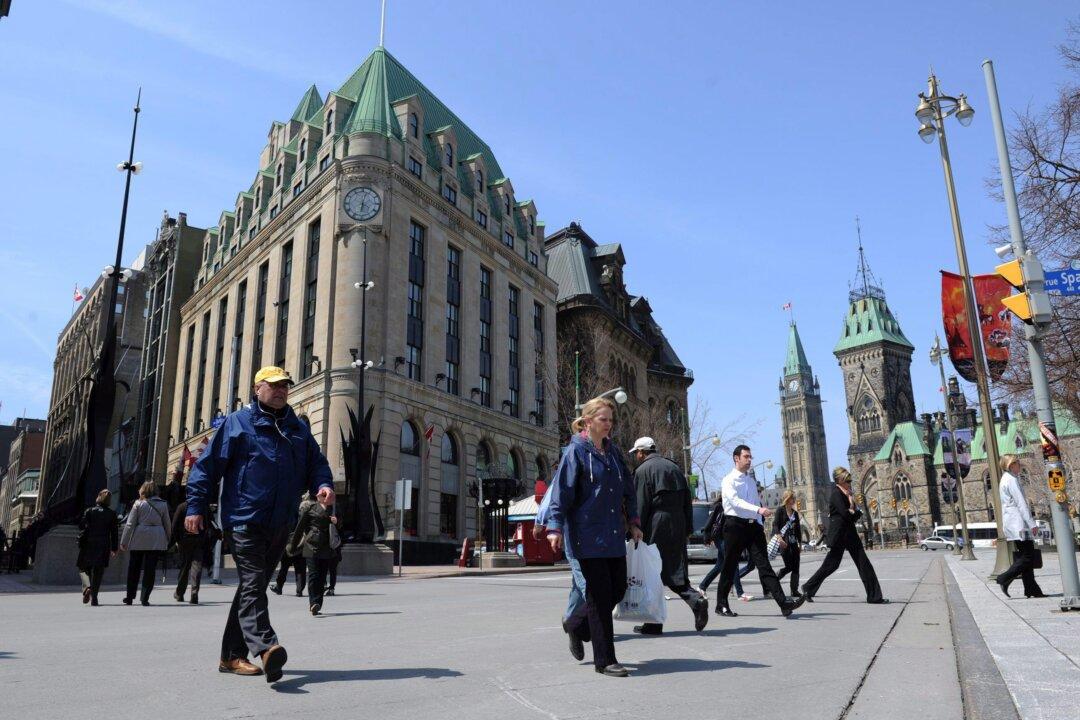Public Services and Procurement Canada (PSPC), which is in charge of the federal government’s 6.2 million square metres of real property, says nearly 40 percent of its office spaces are “underutilized” and it is looking to sell these properties.
In a June 1 briefing note, former PSPC minister Helena Jaczek revealed that a detailed pre-pandemic review found 40 percent of government office space was underutilized, as first reported by Blacklock’s Reporter.





